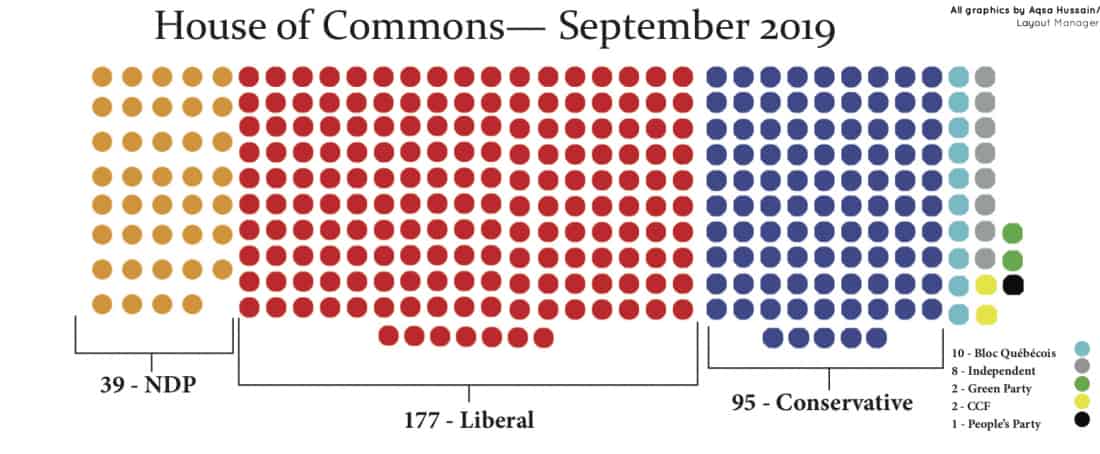
If you’re confused by the discussions and debates around the upcoming elections, have no fear — a political studies student is here to guide you through. If there’s anything useful I can do with the classes I have taken, it is to help students understand politics.
The upcoming federal election will decide who the next prime minister is, and in turn the political party that will be running government. This election is different from provincial governments, which are the deciders of the premiere for a province.
Section 91 and 92 of the Constitution Act of 1867 divided the powers of both jurisdictions by giving issues of national importance to the federal government and matters of local or provincial importance to provincial government.
The federal government has three main branches: executive, legislative and judicial. The judicial branch includes the supreme court. The legislative and executive are the focus of the upcoming election.
The executive branch is made up of the prime minister, and his cabinet — members of their party that they appoint to be ministers of various areas. Canada has a bi-cameral parliament, which means that there are two levels of the legislative branch: the House of Commons and the Senate. The Senate is made up of appointed representatives while the House of Commons consists of the elected members from the ridings across the country.
In the upcoming election, you will get the chance to vote for someone to get a seat in the House of Commons. There are 338 seats in the house, and the winner of the election is the political party who wins the most seats.
Unlike the United States, Canada is a multiparty system, meaning the election is not simply between two political parties but rather several parties. This means that a party could win the most seats but still have fewer than half of the 338 seats.
This component creates a distinction between a majority and a minority government. If the party has more than 169 seats, it is a majority government, and it becomes a minority government if they have less.
The number of seats is important because the winning party still needs a majority of votes in the House of Commons to pass any bills. In the case of a minority government, the leading party will have to compromise more with the official opposition: the party with the second most seats.
Jagmeet Singh, leader of the New Democratic Party, recently stated in an interview that if the Conservative party wins the most seats, he would consider a coalition government with the Liberal party. A coalition government takes place when two parties with a minority of seats join together in a majority to hold government together.
Singh would agree to this coalition to avoid a right-wing government. You’ve probably heard people mention the left or the right when referring to politics and have been confused as to what in the world they are saying. To make it comprehensible, political ideologies can be visualized across a spectrum.
Socialism is seen on the left, liberalism in the center and conservatism on the right. These three main ideologies take on different standpoints on a variety of areas. Generally, the left is focused on community or groups rather than individuals, which are the focus of liberalism and conservatism.
The left believes in public ownership, meaning that the government owns key major industries like energy, for example. This ownership allows the government to regulate prices for basic necessities. The right, on the other hand, believes in private ownership in these industries. The farther right you go, the less control the government has.
The centre or the ideology of liberalism is just as it sounds — a middle ground between the two opposing ideologies. In reality, the actual political parties like the Conservatives or the NDP align themselves somewhere along this spectrum, but their policies can bring them more left or right than the ideology on the spectrum.
Now that you understand how Canadian politics works, here’s a helpful table on where each party stands on important issues. The key issues highlighted here are education, climate change and environment because of the current student-led climate movement, Indigenous rights because of Saskatchean’s large Indigenous population, and healthcare because of the importance of mental health for students.

Green Party of Canada
Leader: Elizabeth May
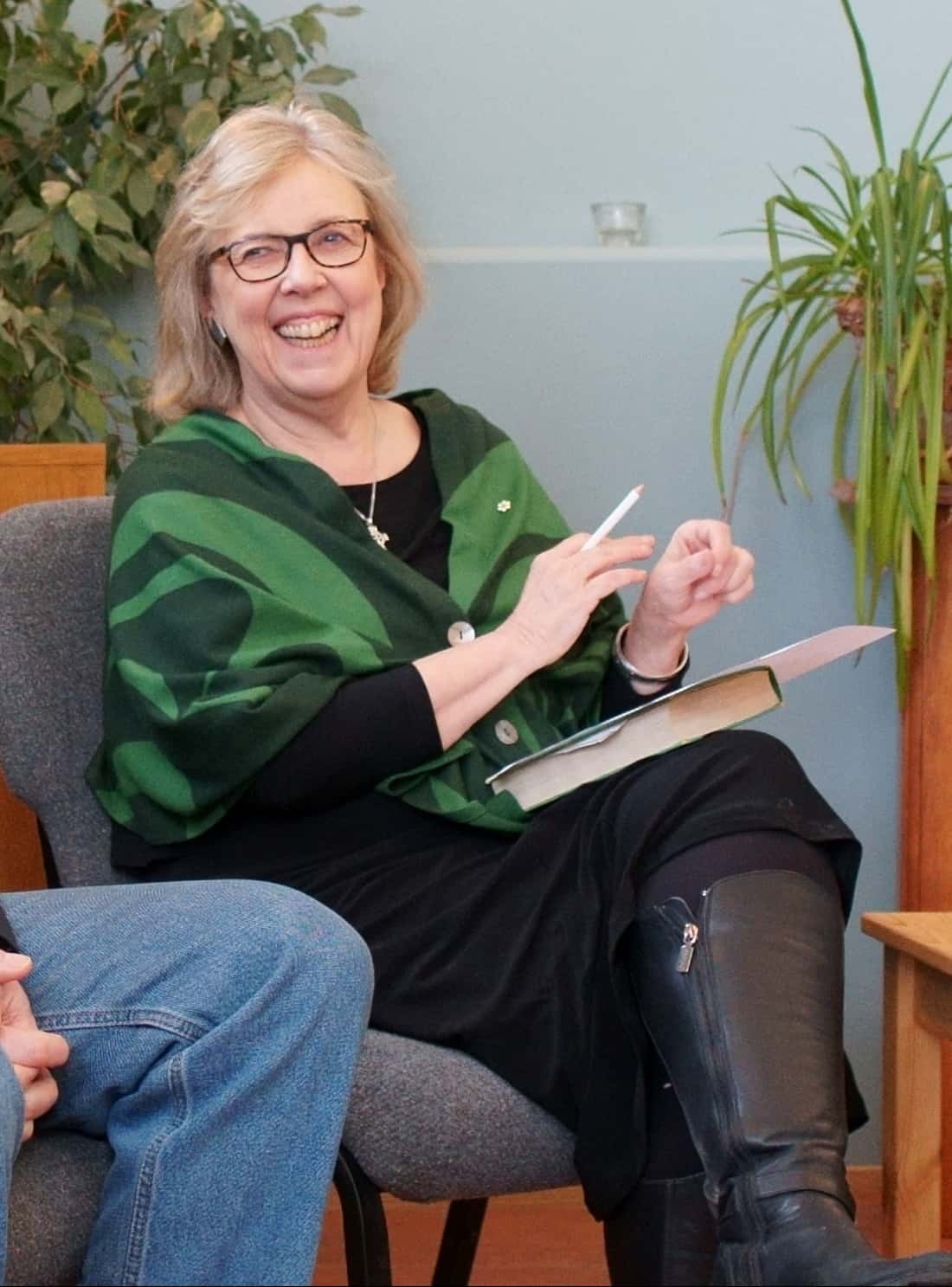
Education: Work toward abolishing tuition, forgiving student debt over $10,000, increase federal student grants by 25 per cent for master’s and PhD students and ban unpaid internships.
Climate change and environment: Aim to have net-zero emissions by 2050, get rid of fossil fuel subsidies, halt new fossil fuel development projects, ban single-use products, protect 30 per cent of freshwater, oceans and land reserves, expand marine protected areas, phase out the country’s export of solid waste to other countries, plant 10 billion trees over 30 years and regulate microfibres.
Indigenous rights: Dismantle the Indian Act and allow Indigenous peoples to self-govern, put United Nations Declaration on the Rights of Indigenous Peoples under Canadian law, implement Calls to Action for the Missing and Murdered Indigenous Women and Girls inquiry, work towards clean drinking water and end boil water advisories.
Healthcare: Create a Pharmacare and dental plan, fund programs targeting LGBTQ2S+ mental health, create a national mental health strategy, develop a national drug reduction plan to mitigate cases of over-medication, declare opioid crisis as a national health emergency, end the ban on blood donations from men who have sex with men.
New Democratic Party
Leader: Jagmeet Singh
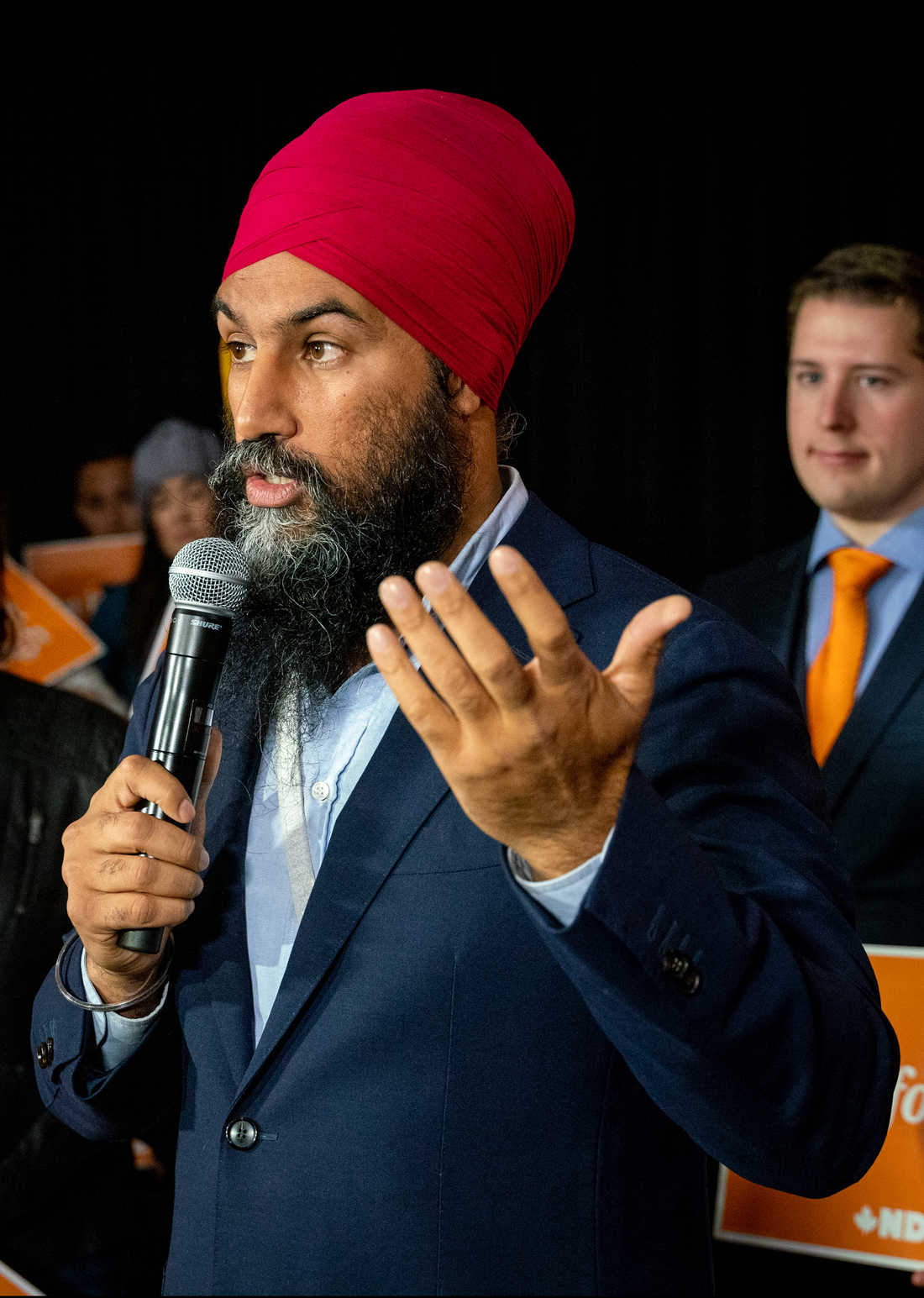
Education: Work toward abolishing tuition, remove interest on federal portion of student loans, expand education to benefit veterans and implement a national school nutrition program.
Climate change and environment: Cut 450 megatonnes of greenhouse gas emissions by 2030, ban single-use plastic by 2022, increase support fund for communities affected by natural disasters, implement a national freshwater strategy, get rid of fossil fuel subsidies, protect a minimum of 30 per cent of land, freshwater and oceans by 2030 and maintain the carbon tax.
Indigenous rights: Implement UNDRIP, create a national council for reconciliation, implement all calls to action from the MMIWG inquiry and Truth and Reconciliation, get rid of drinking water advisories by 2021 and create a comprehensive plan to combat violence against Indigenous women, girls and LBTQ2S+ people.
Healthcare: Create universal Pharmacare by 2020, create a national suicide prevention plan, create a national autism strategy, improve access to services like primary care and abortions, add dental care to the Canada Health Act, create a national dental care plan and declare the opiod crisis a national emergency.
Liberal Party of Canada
Leader: Justin Trudeau
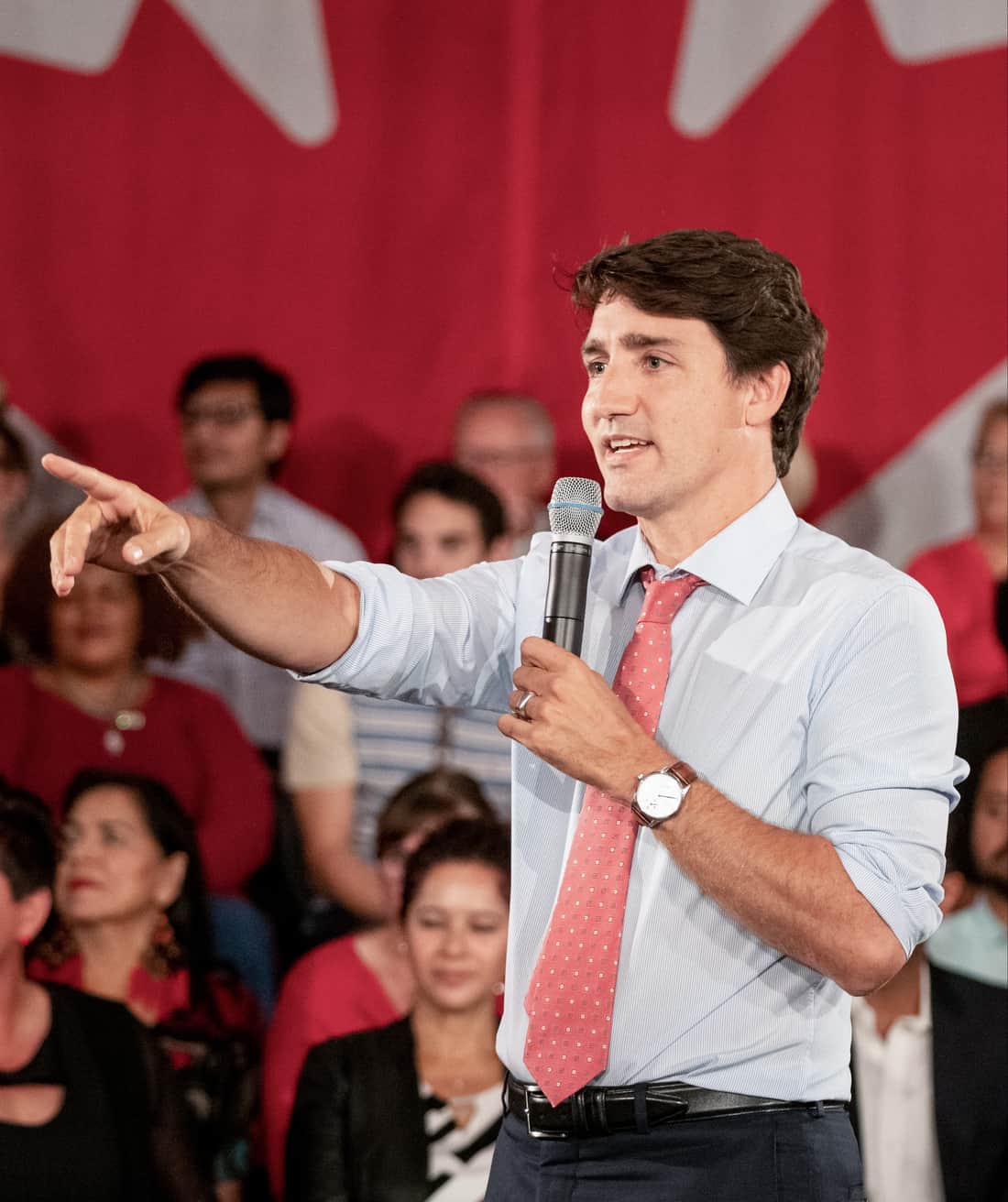
Education: Work to make student loans interest free for two years after graduation, implement a system where student payment on loans are put on hold until they are earning $35,000 a year and increase federal student grants.
Climate change and environment: Work towards net-zero emissions by 2050, plant two billion trees, protect 25 per cent of land and oceans by 2025, ban single-use plastics by 2021, invest profit from the Trans Mountain Expansion Project towards climate solutions and clean energy, and maintain the carbon tax.
Indigenous rights: Implement UNDRIP under Canadian law, get rid of drinking water advisories by 2021, implement Indigenous Languages Act, reduce the number of Indigenous children in foster care and ensure availability of culturally-relevant healthcare and mental health service.
Healthcare: Add $6 billion to healthcare funding, set national standards to ensure all Canadians have access to primary care and mental health services, end the ban on blood donations of men who have sex with men, take steps toward a national Pharmacare plan, expand access to medical assisted dying, invest $700 million to increase access to drug treatments and fight meth and opioid addictions.
Conservative Party of Canada
Leader: Andrew Scheer
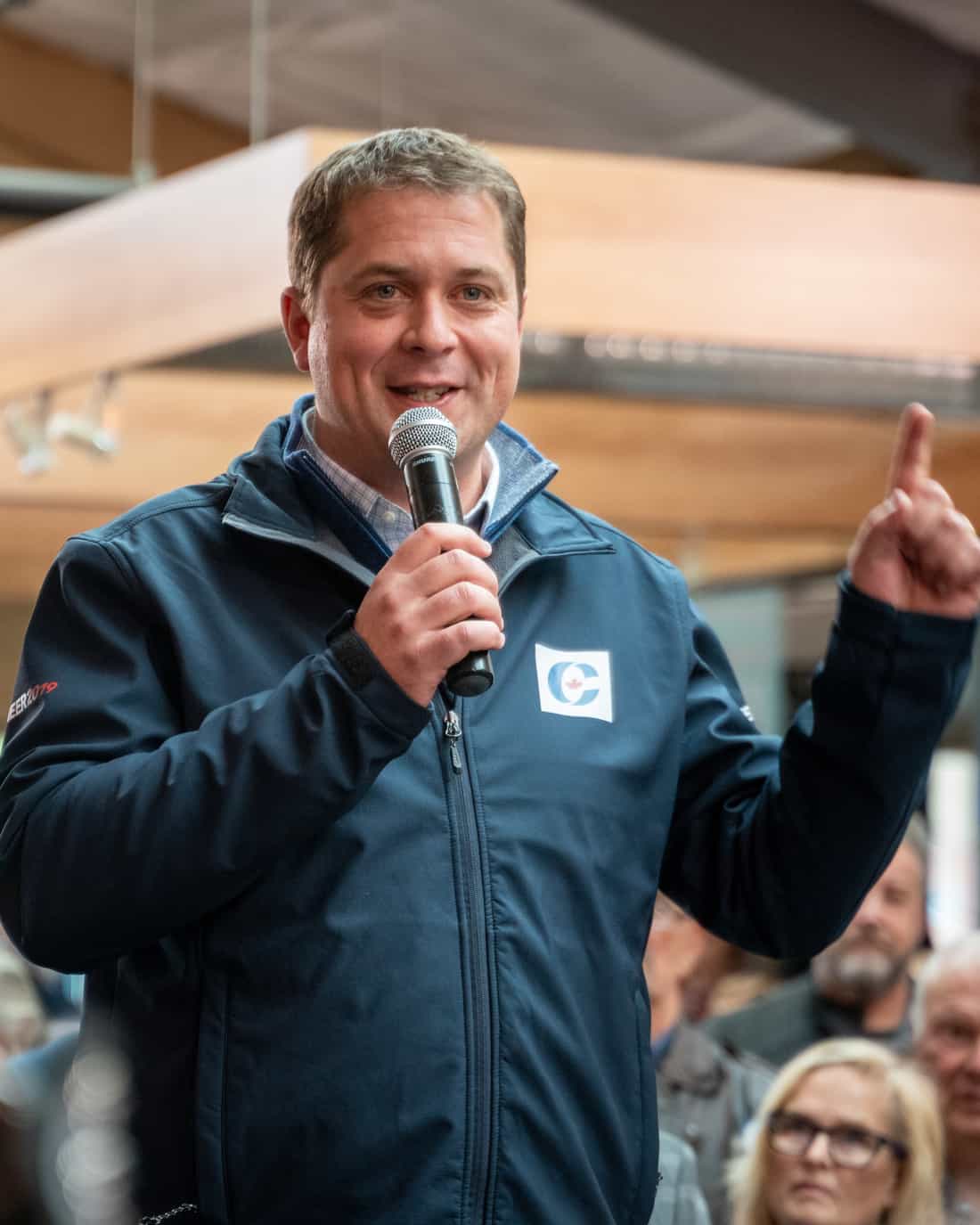
Education: Boost the Registered Education Savings Plan, have a mandate by which free speech culture must be maintained in post-secondary institutions in order for them to receive federal funding and create a program for post-school international students to help them stay in Canada.
Climate change and environment: Focus on green technology, offer credit to encourage green renovations to homeowners, get rid of the carbon tax, follow through with the Paris agreement targets, create emission standards for major emitters, end the practice of dumping sewage in waterways and negotiate changes to increase energy efficiency in trucking while researching eco-friendly transportation development.
Indigenous rights: Create national action plan on MMIWG, work with Indigenous communities developing energy resources and ensure infrastructure plans involve Indigenous consultation.
Healthcare: Invest $50 million in creating a national autism strategy, invest further in medical imaging technology, increase the Canada Health Transfer by three per cent annually and make Disability Tax Credit easier to qualify for.
*Bloc Québécois
Leader: Yves-François Blanchet
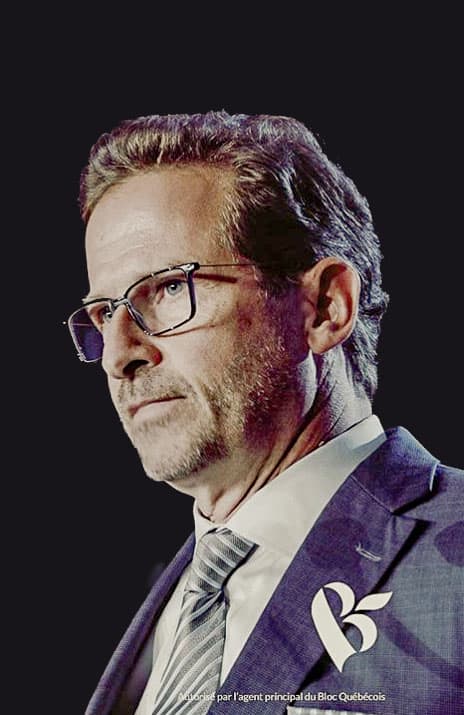
Education: Make transfer payments to the rest of Canada to help with education and university research and ask for federal investments for job training programs in Quebec.
Climate change and environment: Get rid of fossil fuel subsidies, reform equalization to create incentives to tackle climate change, reshape the carbon tax, shift income tax to green taxation and implement a Quebec veto on pipelines that run through the province.
Indigenous rights: Aim to implement UNDRIP.
Healthcare: Increase health transfers to Quebec from federal government.
People’s Party of Canada
Leader: Maxime Bernier
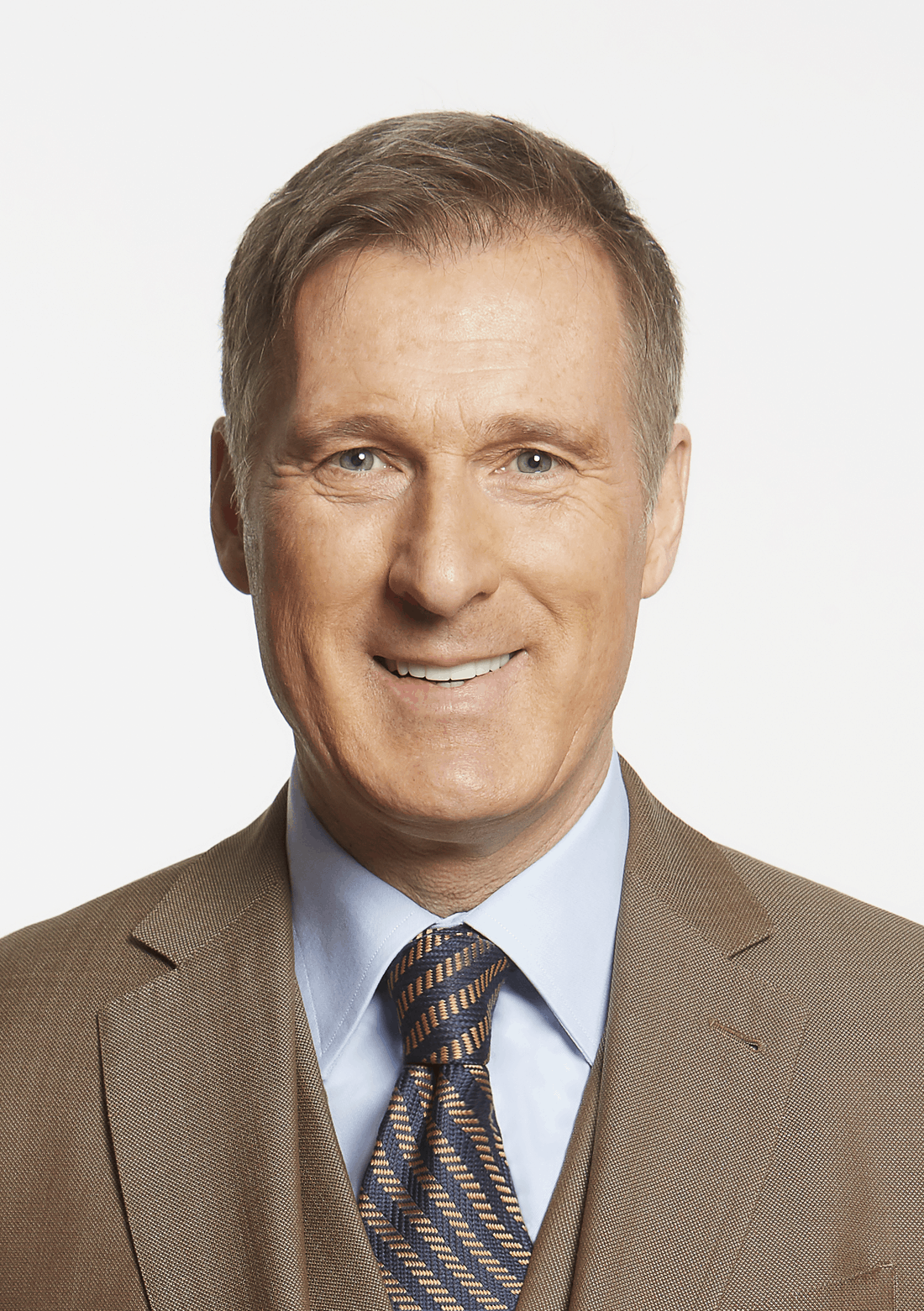
Education: Act against federal intervention into education, which is under provincial jurisdiction.
Climate change and environment: Do “nothing” to deal with climate change, withdraw from Paris accord, get rid of green subsidies and leave climate change to be addressed by the private sector.
Indigenous rights: Change or abolish the Indian Act, create a new relationship with First Nations groups and respect past treaties.
Healthcare: Replace the Canada Health Transfer to tax points which would let provinces take more control of their healthcare, and seek more options to expand privatized healthcare.
—
Aqsa Hussain/ Layout Manager
Graphics: Aqsa Hussain/ Layout Manager
Photos: Riley Deacon, Heywood Yu, Supplied by Bloc Québécois, Supplied by the People’s Party Of Canada